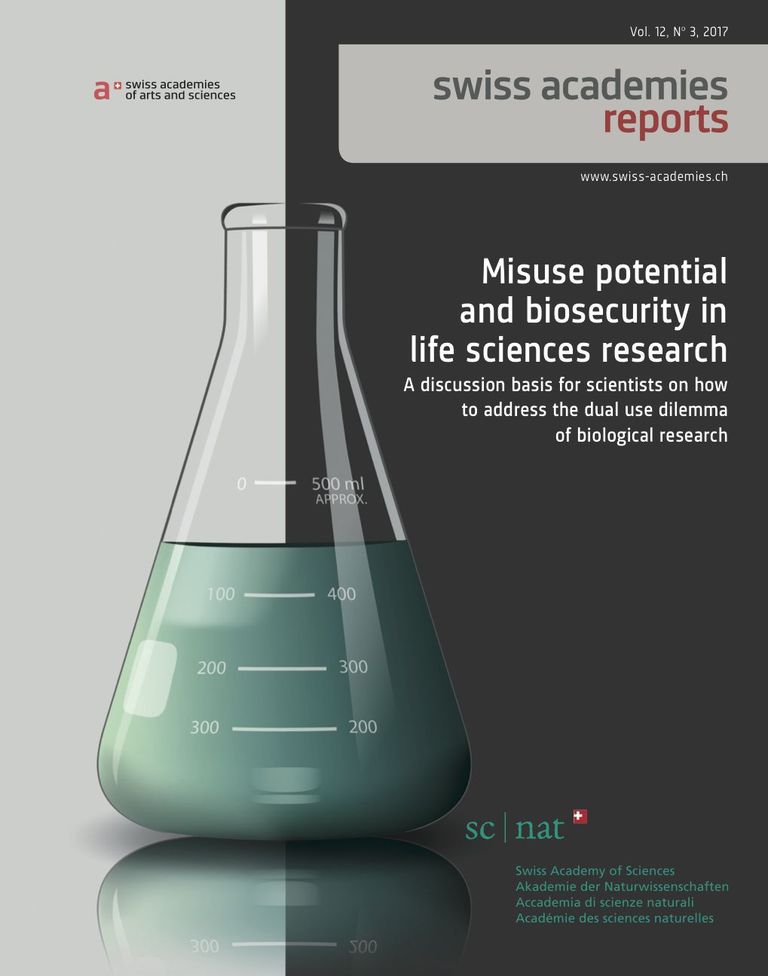The potential for misuse in life sciences research needs to be discussed
A new report by the Academies of Arts and Sciences provides a discussion basis for scientists on how to address the risk of misuse of biological research

Double-edged research results
Research in the life sciences affords immense benefits to society and the environment, but it also carries risks. These risks include not only unintentional or accidental exposure to hazardous biological material, but also the intentional misuse of such materials or related data, knowledge, and technologies. The potential for misuse is especially apparent with respect to research on human pathogens. Although less obvious, there is also misuse potential in connection with other research projects. Examples include research on vectors to deliver genetic material, on brain-enhancing drugs and technologies, on cell toxins for cancer treatment, or on gene drives for altering insect populations.
Continous discussions offer the best protection
Since the 2001 anthrax attacks in the US, prevention of bioterrorism has been a concern of governing bodies worldwide. Strengthening oversight of research in the life sciences is one key element discussed in this context. Many observers suggest, however, that ongoing reflection and explicit discussion could offer even better protection against potential harm than country-level regulatory measures. This position also became apparant at workshops in spring 2016, where life scientists from Swiss academic institutions exchanged their views on the misuse potential of biological research and on ways to address it.
Swiss Academies report as a basis for further discussions
During these three workshops, the researchers expressed interest in having a written basis for further discussion within the scientific community of risks of possible life science research misuse. The today published report from the Swiss Academies of Arts and Sciences has been developed in response to this request. It highlights six issues that should be considered when designing, conducting, and communicating research projects. Each issue is illustrated with examples from actual research projects. The report, available in English, German, French and Italian, was compiled by the Forum for Genetic Research of the Swiss Academy of Sciences with contributions from additional experts, and with the support of the Federal Office for Public Health.



